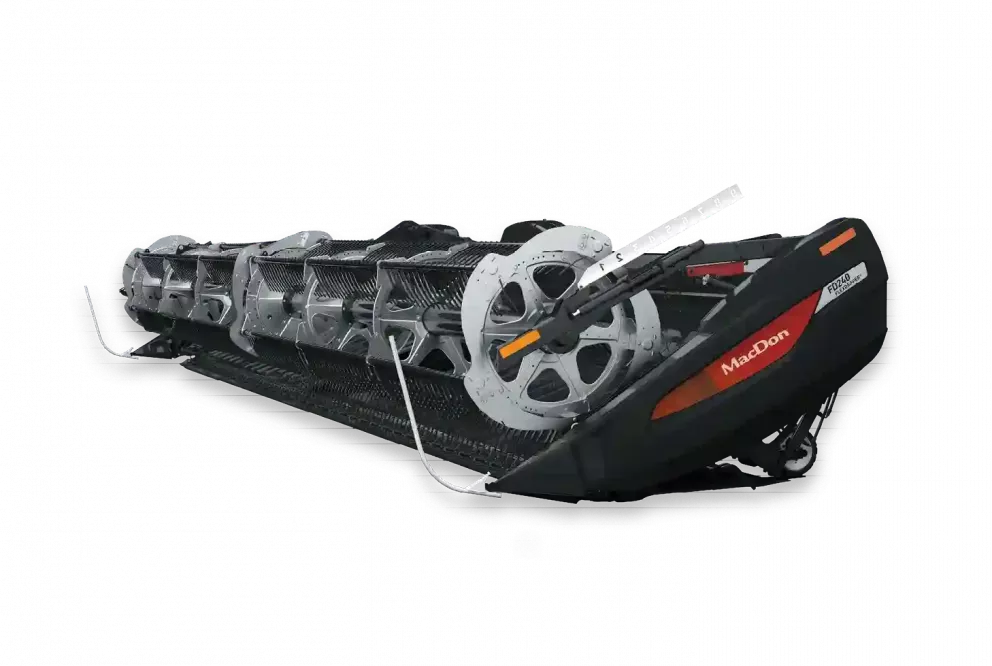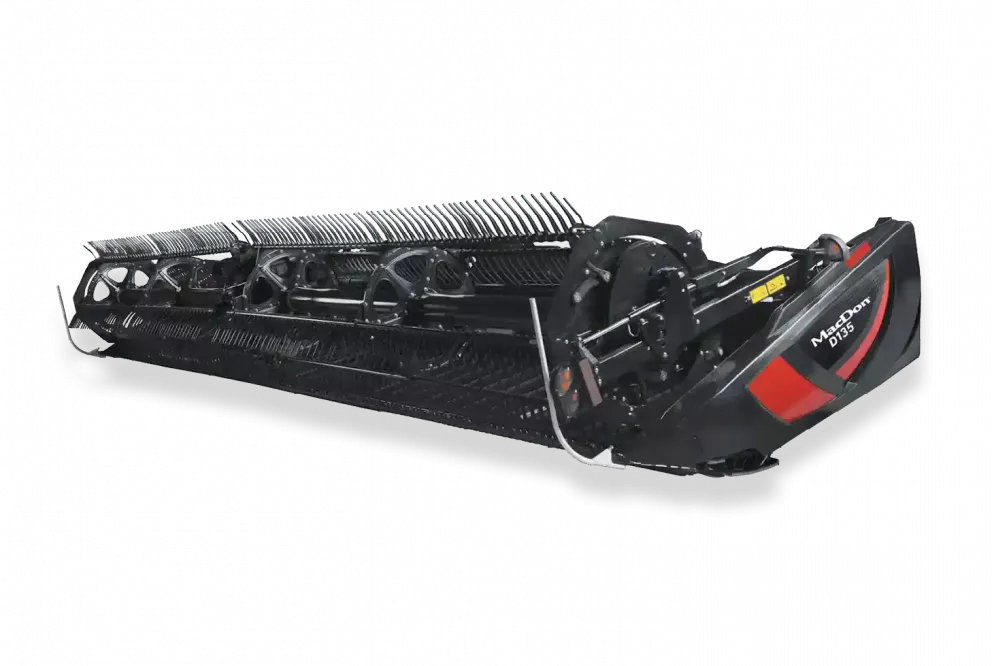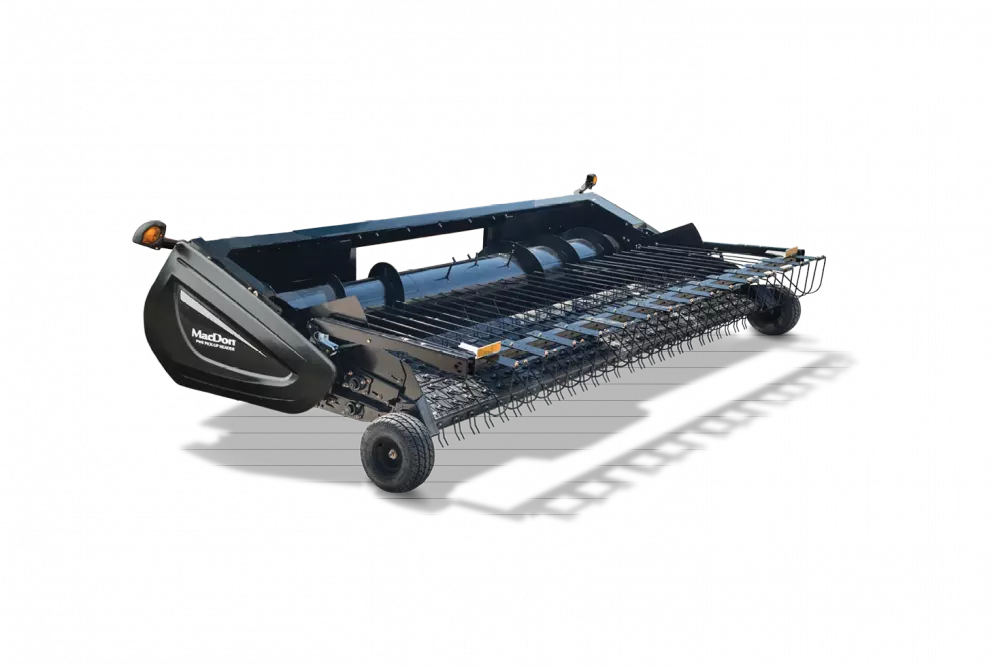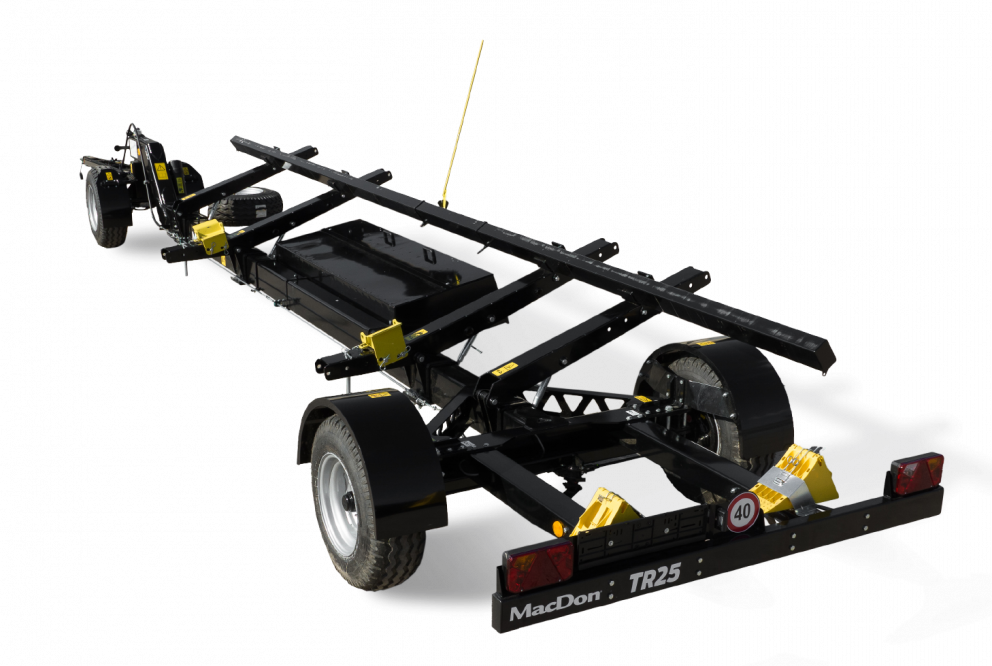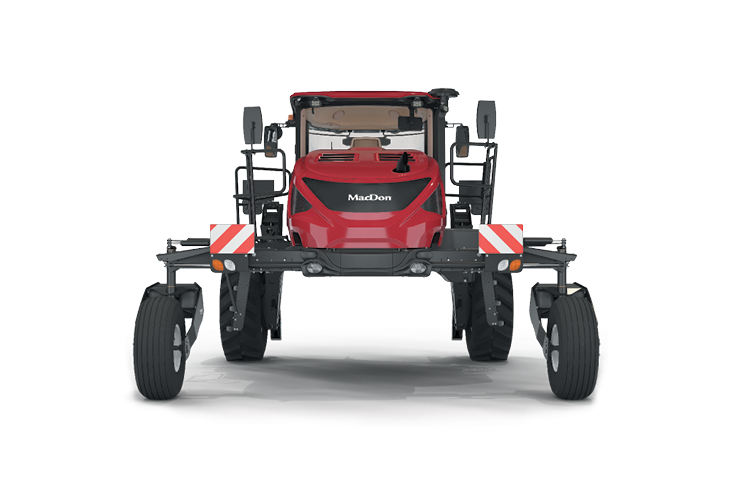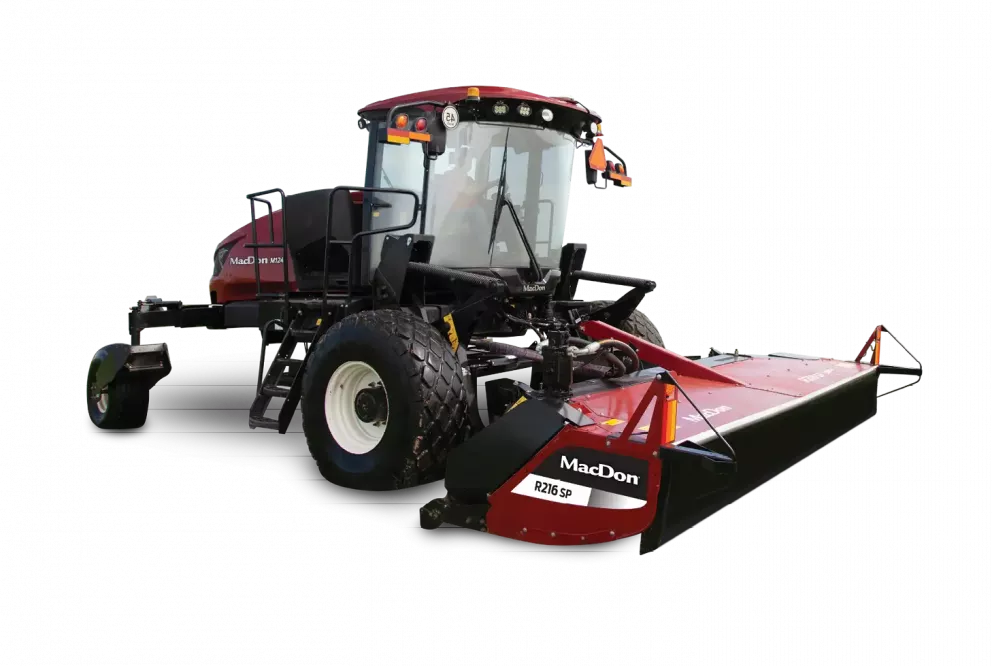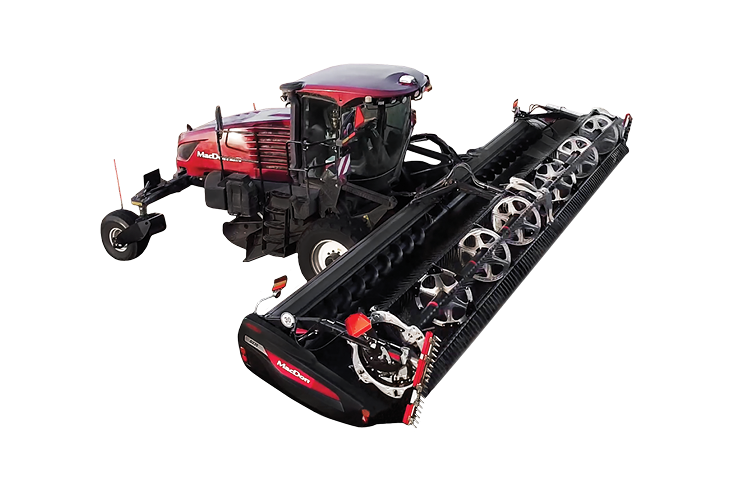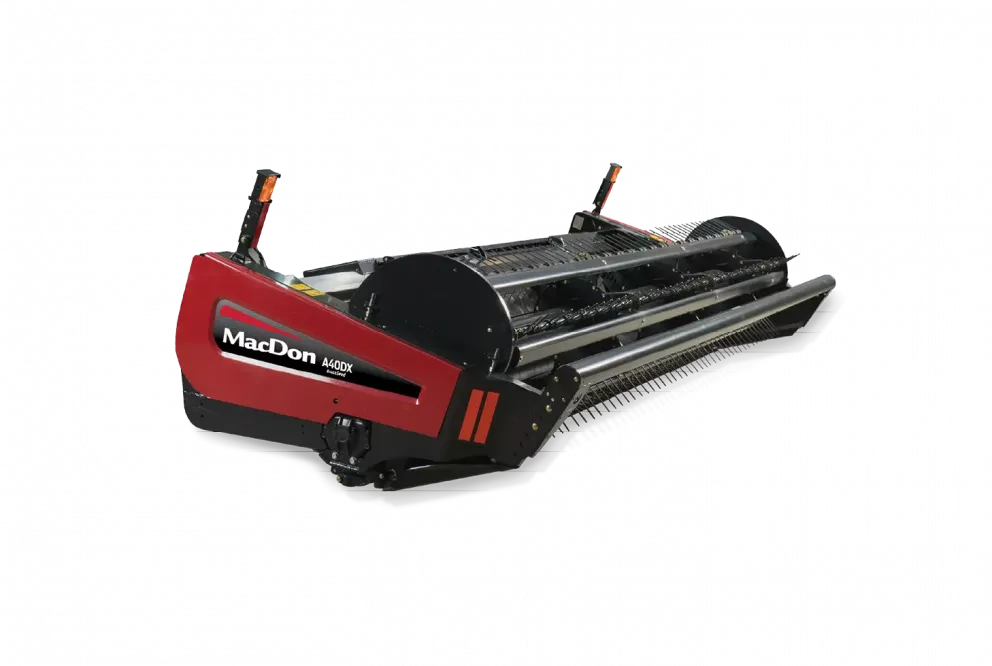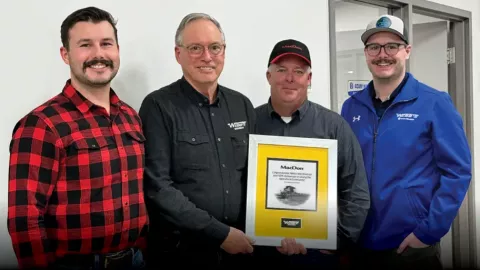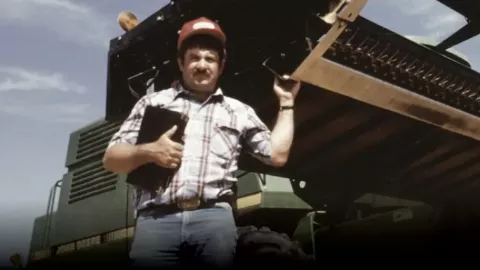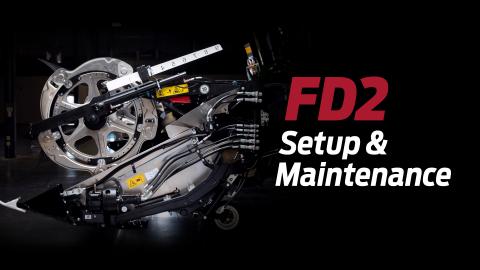Resurrection
WE HAD NEIGHBORS SHAKING THEIR HEADS WONDERING HOW WE DID IT.
That’s what John Burns remembers thinking looking out at his crops sitting under almost two feet of snow in the fall of 2009. At the time, the Kandahar, Saskatchewan, farmer had been fortunate to get about two-thirds of their 14,500 acres (5,867.9 hectares) of crops (wheat, canola, peas, pulses and oats) harvested by the end of September, but then near disaster struck in October with back to back heavy snow falls. First they were hit by eight inches (203.2 mm) of heavy wet snow and that was followed by another 12 inches (304.8 mm) of lighter snow that flattened everything that was left. Worst hit was a 300 acre (121.4 hectare) field of oats, which completely disappeared under the snow layer. Also 3,000 acres (1,214.1 hectares) of hard red spring wheat were layed flat.
“I’ve had standing crops snowed on before, but never so bad that I could not see that there was any crop there. There were two weeks that you couldn’t even see any oats in that field at all. We thought that we were done.”
However, an unlikely thaw in mid November allowed Burns to think about going back into the field, even though he had low expectations of the outcome due to his experience in previous years harvesting severely downed crop in wet, muddy conditions. But this time he had some allies on his side in the form of two recently purchased MacDon FD70 FlexDrapers mounted on two of his four 9895 Massey Ferguson combines. Burns says that he originally bought the 40' (12.2 m) FlexDrapers primarily because of his peas, but now they were about to prove their value in an unexpected way, by picking up crops that he just would not be able to harvest with his regular combine headers. Because the FD70s are designed for cutting close to the ground – shaving it in fact – they were the perfect tool for the job.
“The oats were flat to the ground just like peas. The fact that we were able to harvest them was entirely due to the FD70s – in fact those FD70s were picking up flattened oats that had taller stubble behind the combine than they were in front. If we didn’t have them, I’m sure that we couldn’t have done it. We had neighbors shaking their heads wondering how we did it. They would drive by slowly and say they could not believe that we got that crop off.”
Burns believes that some of his neighbors that year were unable to get back in to harvest their oats like he was able to – a difference that no doubt proved costly for some of them based on what Burns was able to recover of his own crop.
“We thought our oats would be toast and that crop insurance will be taking care of them, but in the end we got 115 bushels to the acre and they graded number-two. For us, to get marketable grain after conditions like that, well that’s simply amazing.”
Now, as pleased as he was with his MacDon equipment for saving a crop that was thought lost, Burns reports that he was just as amazed the following year with the performance of his new MacDon M150 swather under similar difficult conditions.
“We got back to back difficult harvests, by far the worst I have ever seen in my years of farming. It was so wet last year that with virtually every operation, whether it was seeding, combining, spraying or swathing, we had to have a tow tractor sitting within a mile to get ourselves out of trouble if we got stuck.”
“For example, there were some days our combines were dropping in two dozen times, and our combines are dueled with 42 inch (1066.8 mm) radial tires on the front and 600 metrics on the back. But we were still dropping. As bad as those conditions were, we only had to pull our MacDon M150 swather out twice, and that was in a field that was a third water, if not bog. It was just amazing how that swather was able to float, even with its 40' (12.2 m) D60 up front.”
Burns credits the performance of the M150 to the swather’s tires, plus its power to ground ratio, which gave it the ability to “just hang in there and pull itself through” when conditions got dicey. In contrast, their non-MacDon swather didn’t perform so well.
“We probably got our other swather stuck 10 times more. It got to the point that we wouldn’t even try to put it into some fields, and would only put it into situations that we felt comfortable with.”
Beyond the ability to get into places his other swather couldn’t, Burns says that his MacDon was much more user friendly and less stressful to operate, thanks to features like their automatic “return to cut”, and the much more durable performance of their cutterbars, which experienced significantly less breakage of guards and knives than the competitive machine, even though they were given more challenging assignments. He says that even autosteer seemed to work better on the MacDon.
“In canola and wheat we were able to cut between 25% and 50% more with our MacDon last year than we were able to do with our other machine. This was partly due to them having slightly bigger headers, but mostly because they have much bigger windrow openings that can accommodate more material.”
Burns says that MacDon’s reel, both on the D60 and the FD70, made a big difference.
“MacDon has the best reel in the business, and from my point of view harvest is all about the reel. The ability to adjust angle seems to me so precise.”
“Their ability to follow the ground, especially the FD70s, is also simply amazing. In wet ground like we were in, you would normally worry about pushing dirt, but the FD70s have polly pads underneath that help prevent that.”
Of the many attributes he admires about his MacDon equipment, Burns says that what he appreciates most is their ability to make tough harvesting conditions bearable.
“In my younger years when I faced conditions like we have over the last two years, I would just grit my teeth and try to get the job done. But now, having equipment like my FD70s and MacDon swather makes harvesting in such conditions remarkably better, fun even. That’s important, because at my age operator comfort is important. If I’m not having fun, then I don’t really want to be doing it.”
